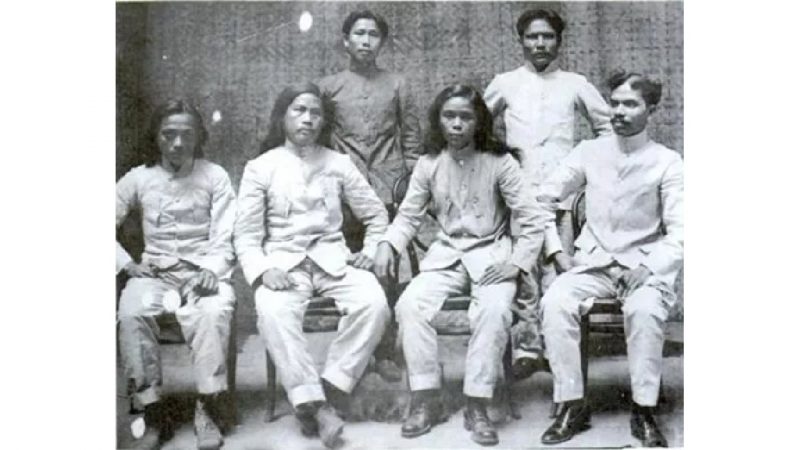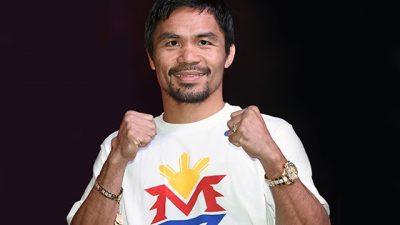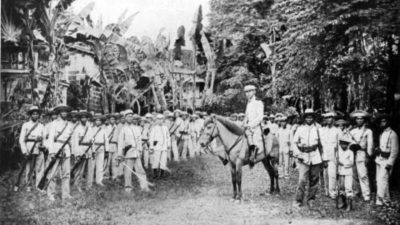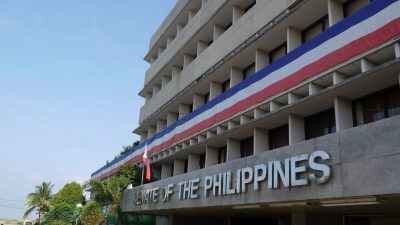13 September
On September 13, 1907, Macario Sakay, a revolutionary leader and one of the last Filipino resistance fighters to surrender to the Americans, was executed by hanging inside the Old Bilibid Prison in Manila. He was executed alongside Col. Lucio de Vega.
In the photograph below, Macario Sakay is seated (left to right) alongside Julian Montalan, Francisco Carreon, and Leon Villafuerte, while standing (left to right) are Benito Natividad and Lucio de Vega. This photo was taken in 1907.
Born on January 3, 1870, in Tondo, Manila, Sakay was a close confidante of Andres Bonifacio and one of the early members of the Katipunan.
During the Filipino-American War, General Sakay fled to the mountains, where he organized revolutionary forces in Bulacan, Pampanga, Morong (now Rizal), Cavite, Laguna, and Batangas. He later proclaimed what he called the Tagalog Republic.
The Tagalog Republic had its own flag, and Sakay served as its president, with Francisco Carreon as vice president. They drafted a Constitution largely based on Bonifacio’s Katipunan creed and issued a warning to all Filipinos not to pledge allegiance to the United States.
Sakay became a significant threat to the Americans. However, they refused to recognize his government and labeled him an outlaw through the Bandolerism Act passed by the Philippine Commission. This act proclaimed all captured resistance fighters as bandits, ladrones, and robbers.
Despite this, Sakay and his men enjoyed widespread popular support, particularly in rural areas. The countryside residents provided them with food, refuge, and shelter and contributed 10 percent of their income to the revolutionary cause. Sakay even became the subject of a popular song.
Sakay’s popularity among the people forced the Americans to use deception to capture him. They persuaded Sakay to disarm in the name of peace, allowing Filipino delegates to be appointed to the new legislative body, the Philippine Assembly.
In July 1906, after receiving a letter from the American governor-general promising amnesty for him and his men in exchange for surrender, Sakay finally surrendered. However, upon surrender, he was arrested and imprisoned.
On Friday the 13th of September 1907, Sakay was hanged on charges of banditry and armed rebellion, alongside Lucio de Vega.
His final words were as follows:
“Death comes to all of us sooner or later, so I will face the Lord Almighty calmly. But I want to tell you that we are not bandits and robbers, as the Americans have accused us, but members of the revolutionary forces that defended our mother country, Filipinas! Farewell! Long live the republic, and may our independence be born in the future! Farewell! Long Live Filipinas!”
(Filed by Jr. Amigo/ai/mnm)







